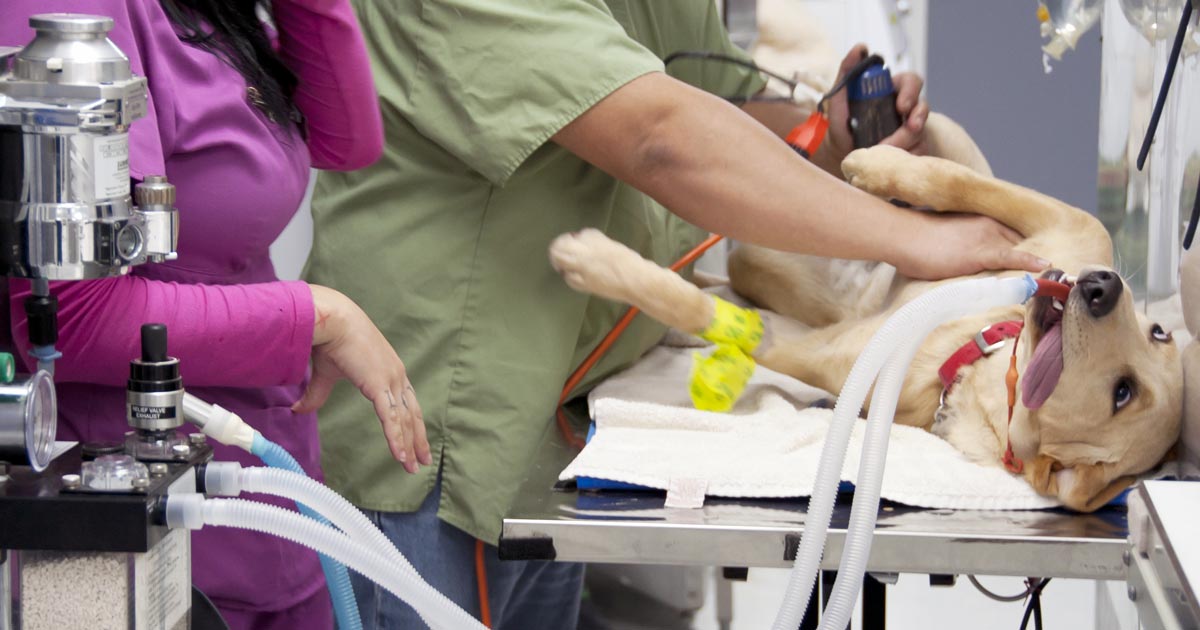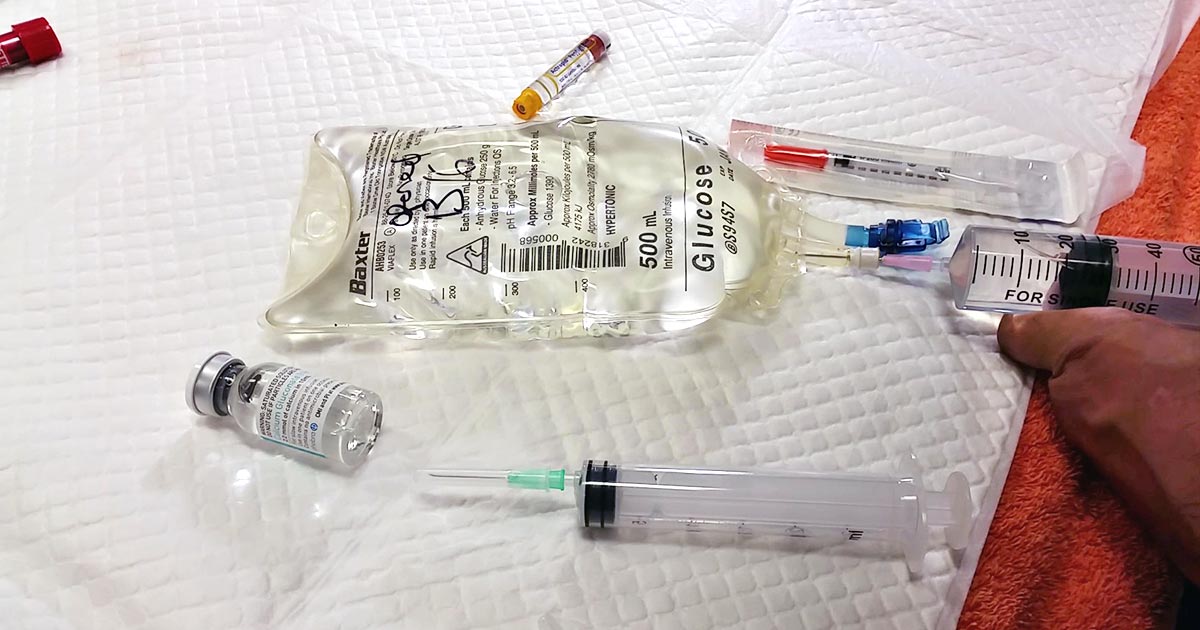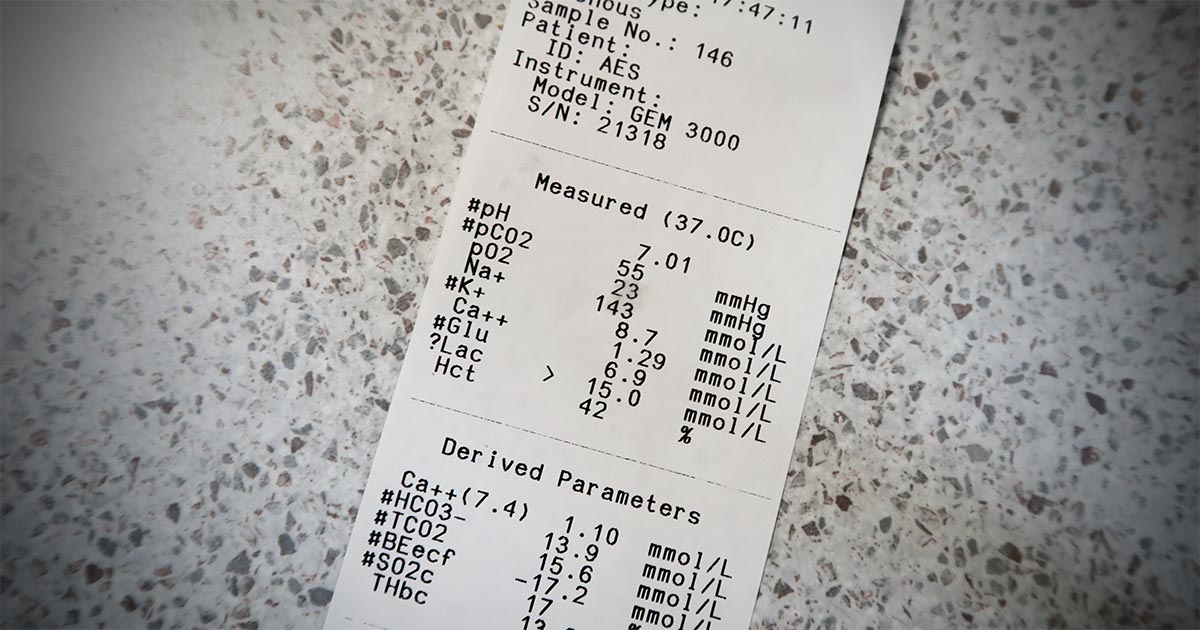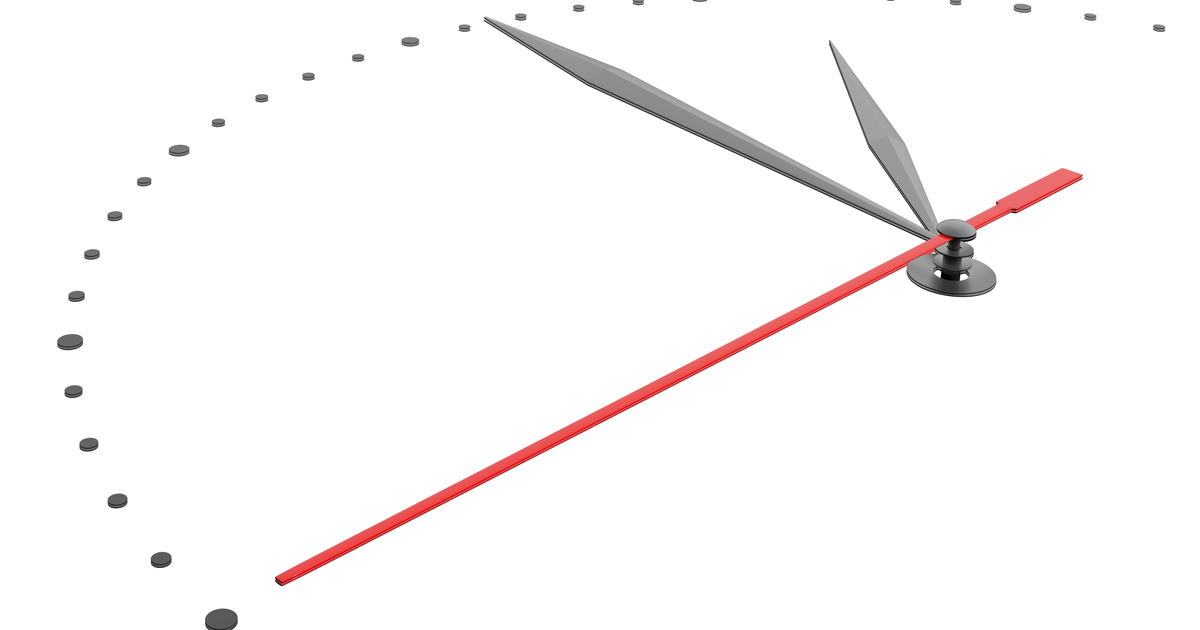Tag: Metabolic
-

Head trauma, part 2: reducing intracranial pressure
Part one of this series discussed the equation CPP = MAP – ICP. Cerebral perfusion pressure (CPP) is the difference between the mean arterial pressure (MAP) and the intracranial pressure (ICP), which it is pushing against. Part one discussed optimising MAP – therefore, part two will look at reducing ICP. Cerebral blood volume Because the…
-

Seizures, part 3: management
In the third and final part of this series, we look at managing seizures in pets, both in an emergency setting and in the longer term. When presented with a patient in status epilepticus, appropriate emergency treatment begins with: Providing oxygen therapy. Placing an IV catheter, if possible. Administering diazepam as an 0.5mg/kg to 1mg/kg…
-

Seizures, part 2: the differentials
In part one of this series we discussed the important questions to ask when taking a history from owners of dogs and cats that are having seizures. In this part, we look at the differential diagnoses for these cases. There are many ways to classify the different causes of seizures, but the simplest is as…
-

Blood gas analysis, pt 6: compensatory response
Simple acid-base disorders are compensated by predictable compensatory changes. The primary disorder shifts the pH, while the compensatory mechanisms aim to normalise the pH and bring it back to neutral. This is achieved by attempting to normalise the bicarbonate (HCO3-) to partial pressure of CO2 (PCO2) ratio in a paralleled manner. For example, an increase…
-

Blood gas analysis, pt 5: metabolic acidosis and alkalosis
Base excess (BE) and bicarbonate (HCO3-) represent the metabolic components of the acid base equation. In general, both components will change in the same direction. Decreased HCO3– and BE indicate either a primary metabolic acidosis or a metabolic compensation for a chronic respiratory alkalosis. Elevated HCO3– and BE indicate either a primary metabolic alkalosis or…
-

Blood gas analysis, pt 4: respiratory acidosis and alkalosis
Assessing the respiratory component is simple. A quick glance at the partial pressure of carbon dioxide (PCO2) level can tell you whether a respiratory acidosis or alkalosis is present. If the PCO2 level is elevated (respiratory acidosis) then either a primary respiratory acidosis is present, or it is the result of a compensatory response to…
-

Blood gas analysis, pt 3: interpreting pH
After taking note of the direction of the pH shift – acidaemia or alkalaemia – it is important to determine the primary and secondary causes. If an acidaemia is present (pH less than 7.35), an underlying respiratory or metabolic acidosis, or both, must exist. Similarly, if an alkalaemia is present (pH more than 7.45), an…
-

Hyperkalaemia, pt 2: treatment
Treatment of hyperkalaemia is based on its severity. Mild to moderate elevations Mild to moderate elevations exist when the serum potassium concentration is between 5.5mmol/L and 6.5mmol/L. Treatment options are: IV crystalloids, which correct volume and dehydration deficits. Fluid therapy – the primary treatment, with the aim of: diluting serum potassium, by increasing the intravascular…
-

Hyperkalaemia, pt 1: clinical signs and causes
Hyperkalaemia is a relatively common electrolyte abnormality encountered in the clinic and always requires immediate attention, as myocardial toxicity can occur when serum potassium concentration gets sufficiently high (exceeding 5.5mmol/L). Hyperkalaemia causes clinical signs due to its effect on the resting membrane potential. The increase in potassium causes depolarisation of this potential, which, in effect,…
-

Handling an Addisonian crisis – part 2
Managing an Addisonian crisis can be daunting, especially when the patient looks like it is about to check out and its baseline bloods show a sodium of 110mmol/L, a potassium of 8mmol/L and a glucose of 2.3mmol/L. That is enough to make anyone’s brain explode. The patient can be treated in many ways, but I…